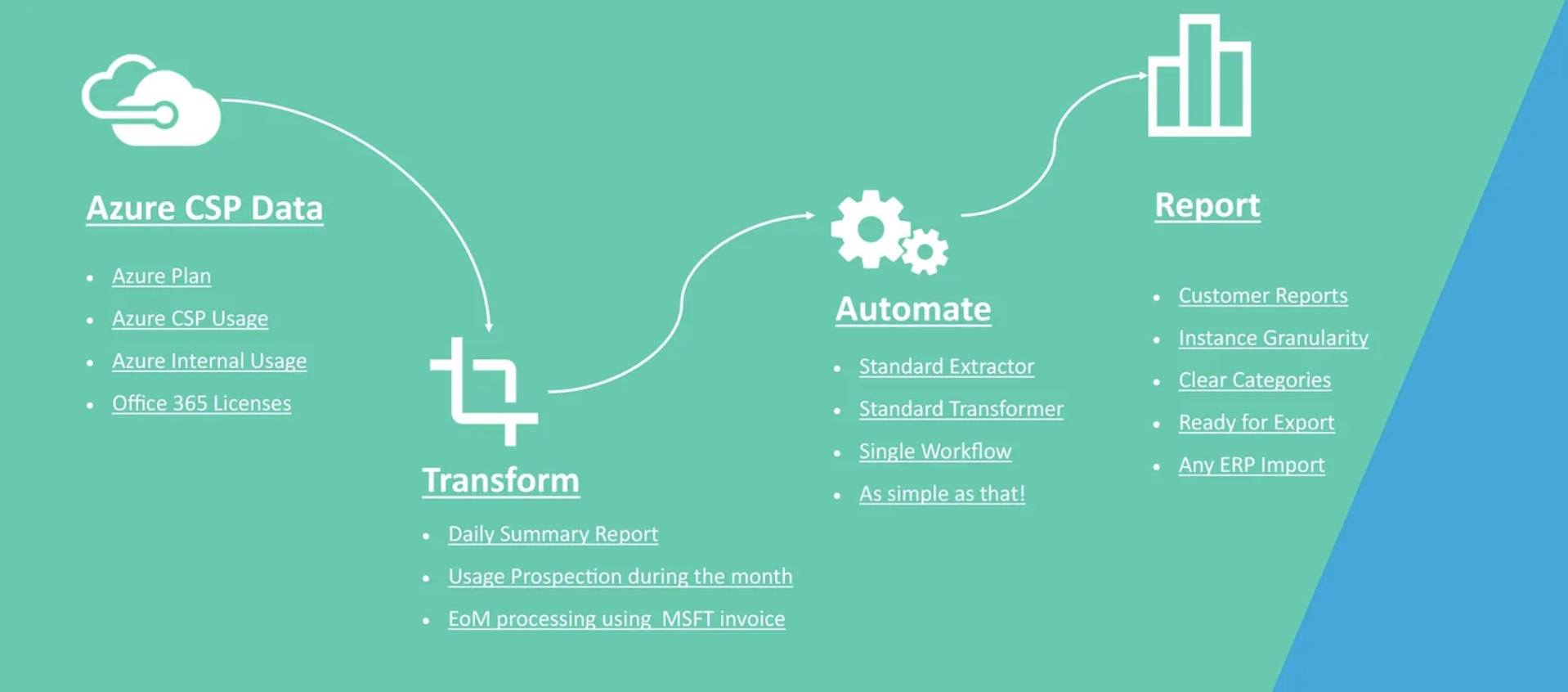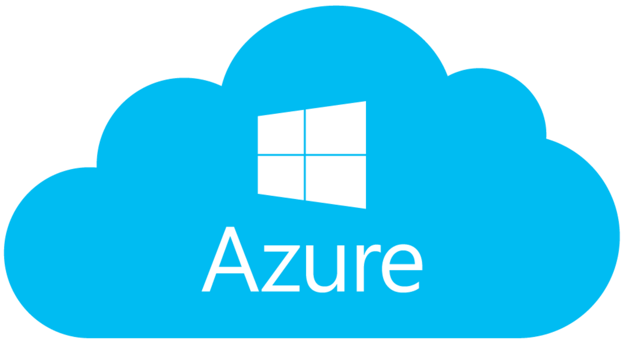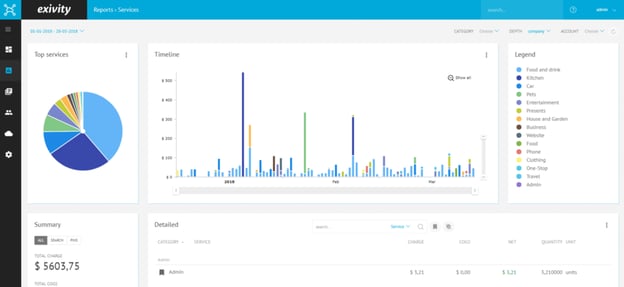The Unified Azure CSP Extractor
This evolution involved the creation of a new Data Extractor which not only unified all existing workflows but also simplified the overall approach. The new Extractor was designed to work with any flavour of Azure and as such it adopts a modular approach to simplify the deployment process.
This also brings benefits in that going forward, as Microsoft releases new capabilities for Azure CSP resellers, the unified Extractor can be enhanced with minimal changes to maintain a simple and straightforward billing automation workflow supporting the new features.

Blender Logic Transformer
To complement this new Extractor we also redesigned our Azure-related Transformers resulting in an Azure CSP Transformer which is intelligent enough to understand the configuration of the Unified Azure CSP Extractor.
This has been made possible using a method which we call “Blender Logic”. Blender Logic analyses the output files from the Unified Azure CSP Extractor in order to apply appropriate ETL processing only for the specific sets of data collected, normalising those various sets of data into a standard format along the way.
Integrating invoices from Microsoft
As Microsoft has its own methods of generating Azure CSP invoices the numbers shown on those invoices may not always correlate with the metrics produced through querying the Azure Usage API.
To resolve this discrepancy Exivity retrieves the standard Rate Card for each month, which contains an expected rate for all services. Using these rates, Exivity then calculates the estimated total charge applicable for any given month.
After month closure, once the Microsoft invoice has been made available via the Azure CSP API, the Azure CSP Invoice Ratecard Transformer analyses that invoice to create its own tailored Rate Card. This is subsequently used by the Azure CSP Transformer to adjust the quantity of consumption on a per service and resource basis, reconciling any differences in charge.
Billing accuracy with resource granularity
The units of consumption presented on the Microsoft invoice tend to differ from those output from the Azure Usage API. Typically this happens when late usage is reported (up to 24 hours after the end of the previous billing period).
This makes it challenging to report mid-month to the daily/instance granularity that customers of Exivity have come to expect. We address this challenge using our new Azure CSP Automation Workflow. This workflow ensures that the custom Rate Card is used to compare the invoice total charge with the actual recorded usage and in doing so produce a rate per-unit that matches the actual Azure consumption.
As a further benefit this also facilitates reporting down to the instance or resource level.
Getting started with Azure CSP
Does this sound interesting? If you’re an existing user of Exivity then you can start using this improved automation workflow today and to help you we’ve already published our updated tutorial for Azure CSP.
If you’re not yet an Exivity customer, or if you simply want to learn more, you can always contact us at info@exivity.com with any requests.
We are always excited to help people solve their hybrid cloud billing problems and will assist you throughout your billing automation journey!



